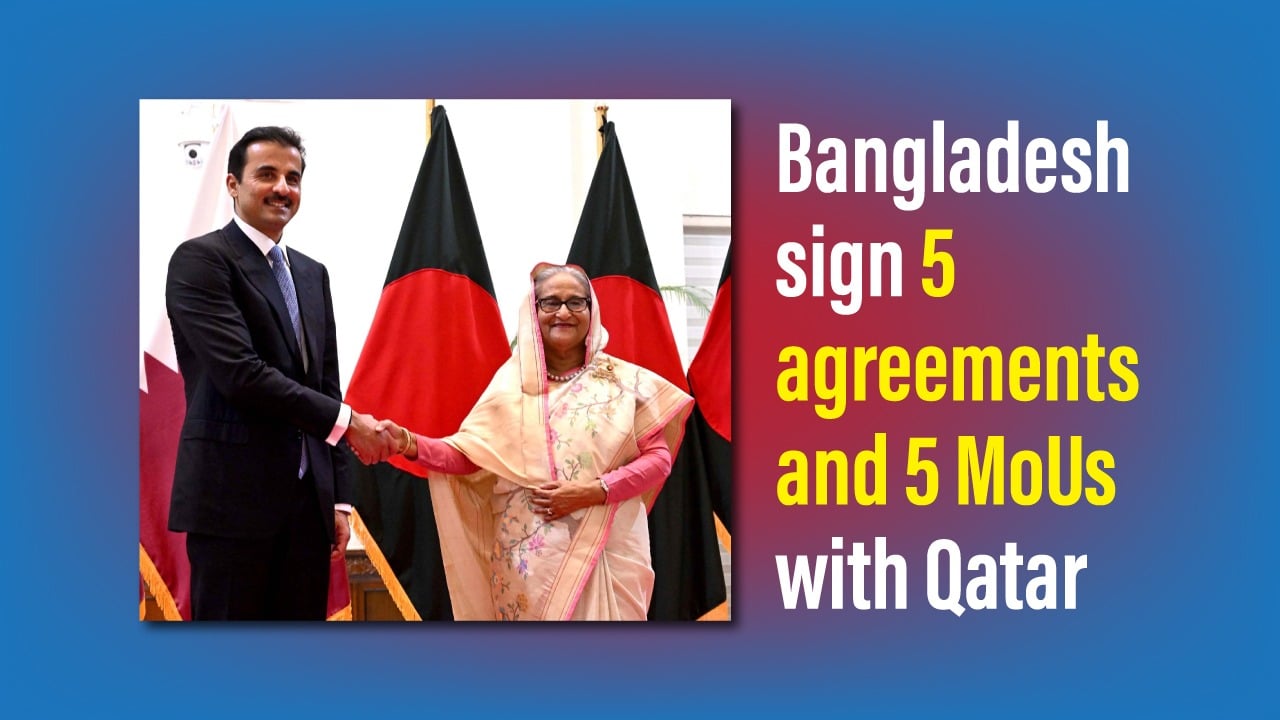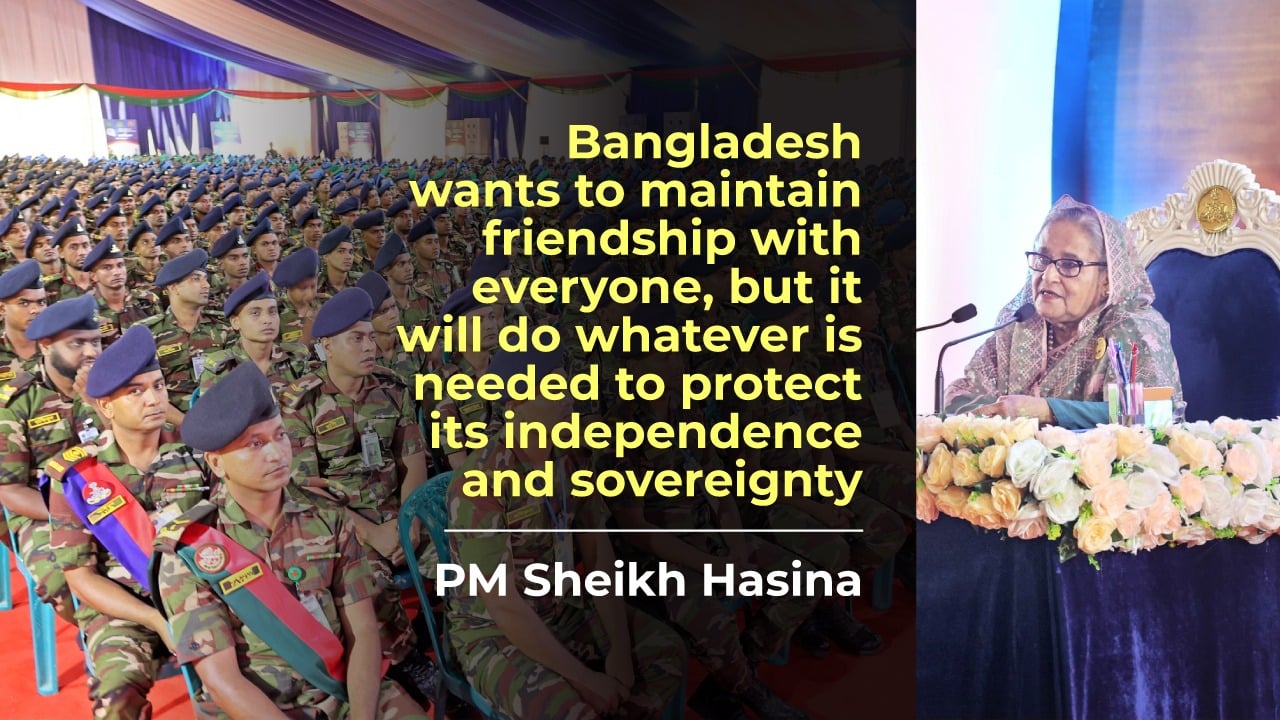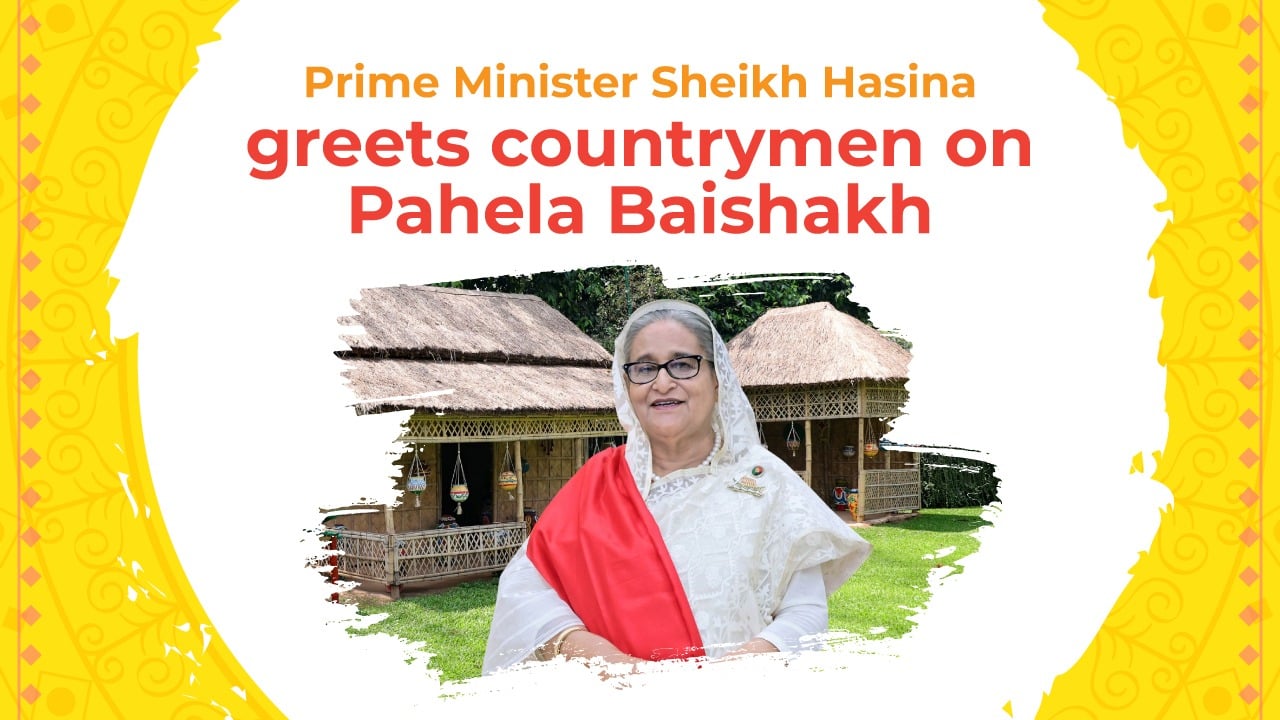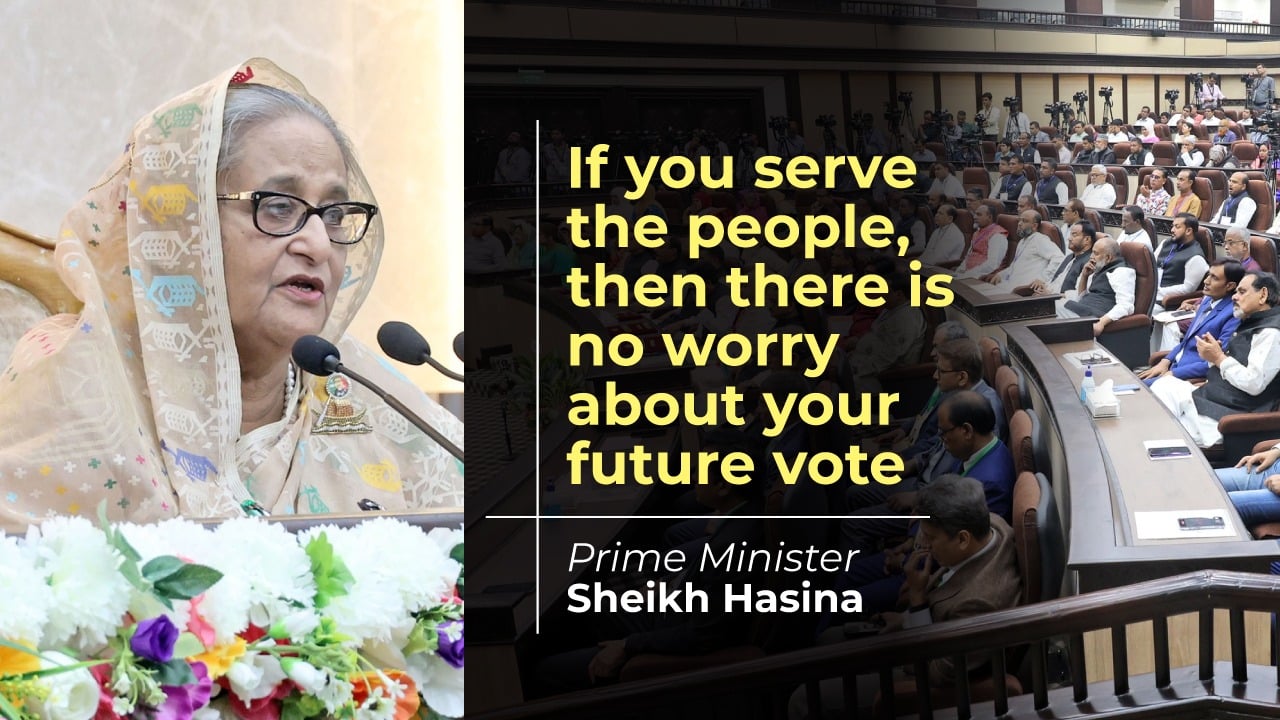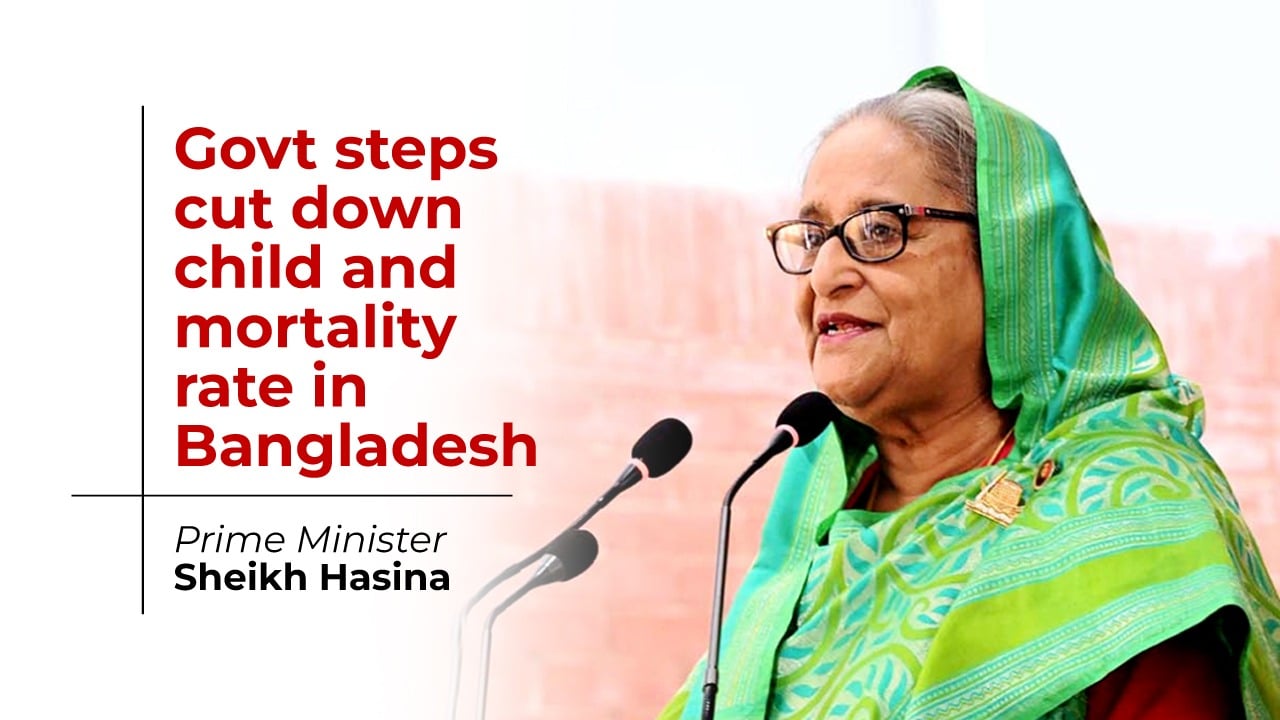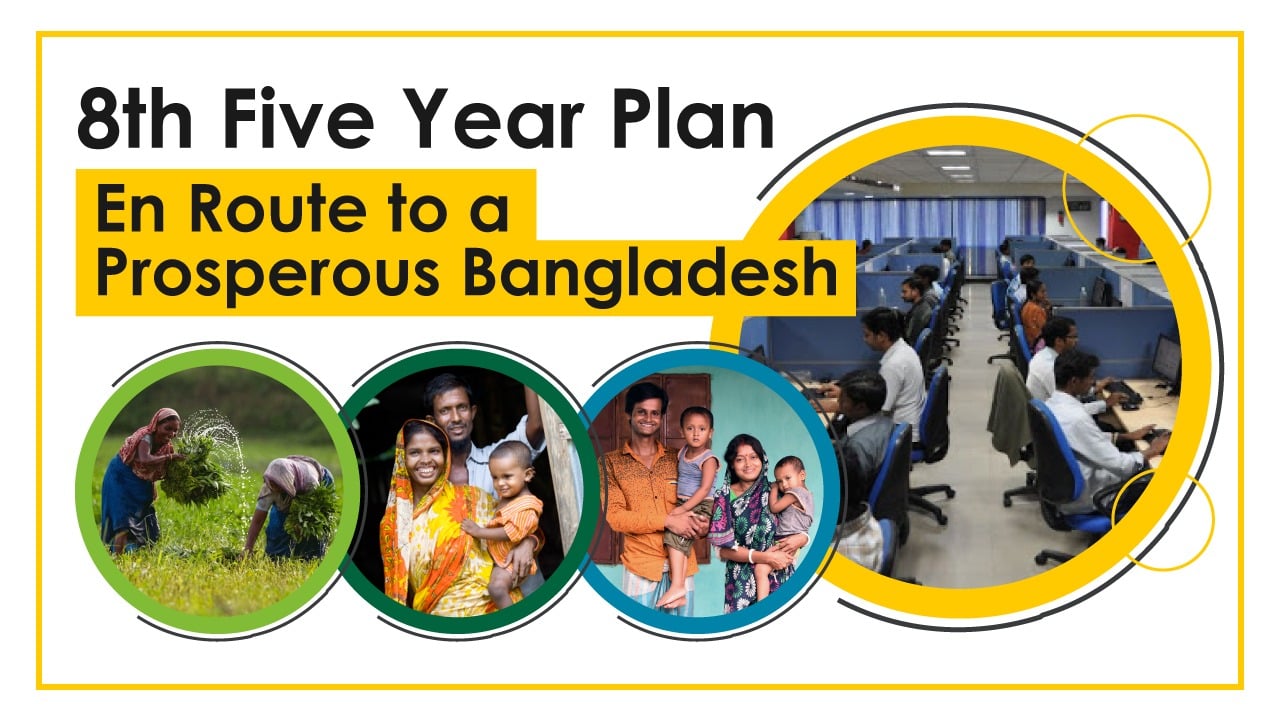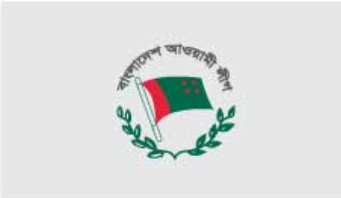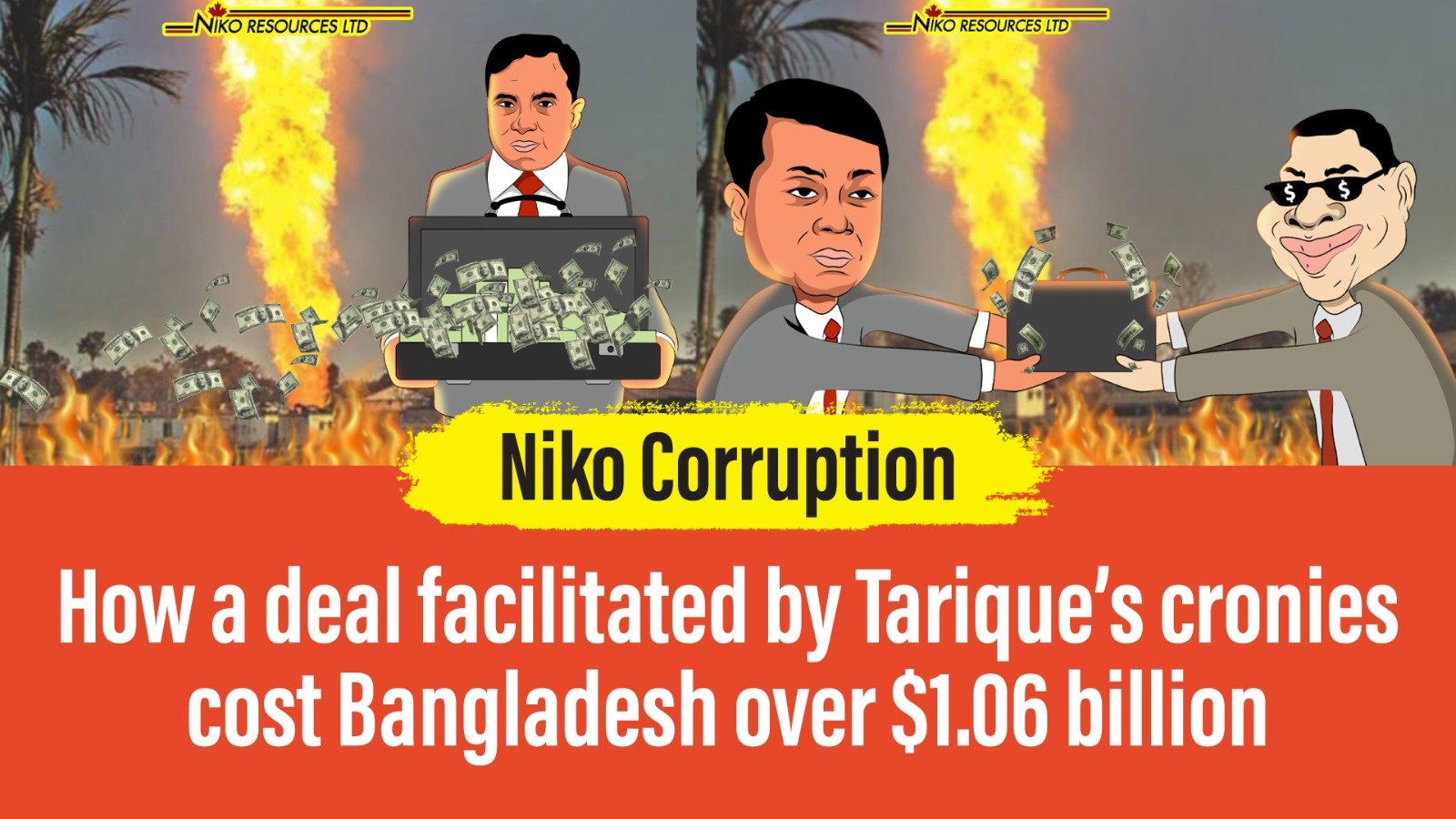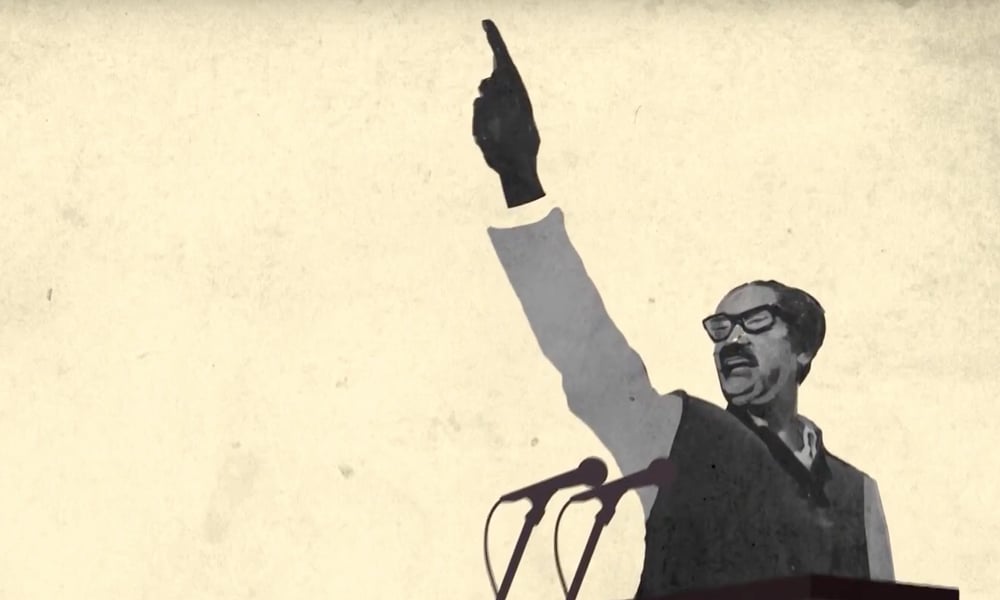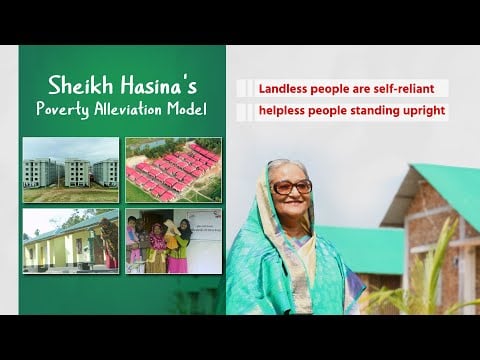2063
Published on August 7, 2014The latest statistics based on the Household Income and Expenditure Survey (HIES) till June 2014 show that Bangladesh has been able to reduce poverty by 5.9% and extreme poverty by 4.2% between 2010 and 2014. The relevant data supplied by BBS show that in 2000, about 49% of the Bangladeshi population lived in poverty. This came down to 40% in 2005, 31.5% in 2010 and 25.6% in June 2014. As for extreme poverty, 34% of the population lived in extreme poverty in 2000, which came down to 25.1% in 2005, 17.6% in 2010, 13.1% in 2013 and 12.4% in June 2014. Thus, the rate of poverty reduction in the last four years has been 6.0%, the highest ever in the country’s history.
When the current government first took office in 2009, around 50 million people of the country were poor, of which 2 28.8 million were in the clutch of extreme poverty. During the previous term of present government the number of poor and extreme poor came down to around 38.05 million and 15.07 million respectively. Many of the extreme poor have crossed poverty line over the last 22 years. Around 45% of those extreme poor were pulled out of poverty within the last 5 years. In this special report, we look at some, but certainly not all, of the measures adopted by the government of Sheikh Hasina in enabling Bangladesh to overcome the curse of poverty.
Golden Bengal and Vision 2021
The Father of the Nation, Bangabandhu Sheikh Mujibur Rahman, dreamt of a poverty free society called “Shonar Bangla” or Golden Bengal. It should be noted that the liberation war of 1971 was more than a political struggle, it was a primarily an economic and social struggle for the emancipation of the poor and downtrodden people of Bangladesh. Since assuming power in 2009, the government under the able leadership of Sheikh Hasina has worked relentlessly for ensuring that the dream of an economically emancipated Shonar Bangla is realized. To that end, the present government adopted the dream to make Bangladesh a middle income nation by the year 2021 (also referred to as Vision 2021), and a developed nation by the year 2041 (also known as Vision 2041). Pursuant to such targets, the present government, over the last five years adopted policies and strategies which support inclusive growth.
Policies and Strategies
To reduce and poverty and inequality, the current government emphasized on playng a supportive role in the development of the private sector on the one hand and ensuring balanced redistribution of wealth under social protection programmes on the other. The government’s various social protection initiatives and steps were classified into four categories: a) Enhancing capacity of the ultra poor to face poverty by providing them with special allowances; b) Creating employment and self employment opportunities for the hardcore poor through micro credit operations; c) Ensuring food security for the hardcore poor by providing food assistance free of cost or at a nominal cost; d) Creating capacity for the hardcore poor to deal with poverty by providing them with education, training and healthcare services.
Social Safety Net Programmes (SSNPs)
Recent years have seen a perceptible increase in interest in social safety nets within developing countries including Bangladesh. Historically, public safety net efforts in Bangladesh have clustered around the twin themes of food rations and post-disaster relief. The third cluster has been informal safety nets at family and community levels to address issues of demographic and social shocks. There has also been pension scheme for state employees. In recent years, however, safety nets have transcended these historical moorings and have graduated to a mainstream social and developmental concern. The Household Income and Expenditure Survey (HIES) reveals that around 25% families of the country have been brought under the coverage of social safety net programme. In this coverage, the share of beneficiary families in the rural area is 30.12 percent. In order to reduce poverty the areas of spending have been grouped into two services i.e. direct services, and indirect services. It is designed in such a way to generate a better focus in terms of priority on programs/spending which would benefit the poor best (See Annex 1 to know further about direct and indirect services)
Bangladesh has laid special emphasis to make safety net programmes more target oriented with a view to accelerating the poverty eradication process. The country is now on verge of finalizing the ‘National Social Protection Strategy’ (NSPS). At the same time, steps have been taken to prepare a list of hard-core poor and a ‘National Population Register’ for proper identification of beneficiaries of social safety net programmes. Currently the Government of Bangladesh following four broad principles to formulate various social safety net programmes:
• Enhancing capacity of the ultra-poor to face poverty by providing them with special allowances
• Creating employment and self –employment opportunities for the hardcore poor through micro-credit operations
• Ensuring food security for the hardcore poor by providing food assistance free of cost or at a nominal cost
• Creating capacity of the hardcore poor to deal with poverty by providing them with education, training and healthcare services.
The prime programs covered under SSNPs are: Food for Works (FFW), Vulnerable Group Development (VGD), Vulnerable Group Feeding (VGF), old-age allowances, allowances for retarded people, allowances for widow and distressed women, grants for orphanages. There are also micro-credit programmes, allowances for freedom fighters and so on. Distressed people particularly women, children and disabled persons have been given priority under Social Safety Net. The SSNPs have been broadly categorized into two: Social Protection and Social Empowerment. They are implemented through both non-development budget and development budget. Social protection encompasses: cash transfer allowances; cash transfer (special), food security, new funds for programs. Social empowerment includes: stipends, housing and rehabilitation, micro-credit, miscellaneous funds, development programs. The Government of Bangladesh maintains a variety of SSNPs designed to address mainly transient food insecurity stemming from shocks. Some of the most prominent SSNPs include Vulnerable Group Feeding (VGF), Open Market Sales (OMS), Cash for Work (CFW), Food for Work (FFW) Vulnerable Group Development (VGD), Gratuitous Relief (GR) and recently the 100 days employment guarantee scheme. World Food Programme (WFP) works with UNICEF and FAO to implement the nutrition intervention activities through a coordinated UN approach.
Addressing income inequality
A range of measures have been adopted for addressing the problem of income inequality, such as: creating better access to high productivity, income generating jobs; improving farm productivity and incomes; sharpening the focus on equity aspects of public spending on education, health, family planning; nutrition and water supply; reducing the regional disparity of growth; and improving the access of the poor to means of production (fertilizer, seeds, water, electricity and rural roads); and by improving the access of the poor to institutional finance.
Ensuring access to markets for the poor
The poor are often excluded from markets in remote areas, undermining their economic activities. Increasing information and voice can address exclusion at household, community and national level. Realizing the fact the Government of Bangladesh along with its development partners are undertaking programmes to remove the information access barriers. Establishing UISC (Union Information and Service Center), DESCs (District e-Service Centers), developing market enterprise programmes to improve access for the products of individuals and collectives to local and national markets are some noteworthy undertakings.
Direct Services (addressing income poverty)
A number of direct measures have been adopted for addressing income-poverty which would include social safety net programs, income and employment generating programs/projects targeted directly at the poor, i.e. the services that benefit the poor for the most part. These services, called direct services, are designed and targeted at the poor and, hence easy to identify and prioritize.
They include: Old-Age Allowance Scheme (OAAP); Allowance Scheme for Widowed and Distressed Women; Rural Maintenance Program (RMP); Rural Infrastructure Development Program (RIDP); Food/cash for works, Test Relief (TR), Gratuitous Relief (GR), Vulnerable Group Feeding (VGF); Vulnerable Group Development (VGD) programs for the hard core poor; Food Security Enhancement Initiative (FSEI); Rural Social Service (RSS): micro-credit and training program; Urban Social Service: small credit and training program; Rural Mother Centre (RMC): micro credit and training program; Programs for Acid Burnt Women and the Physically Handicapped; Funds to assist victims of natural disasters; Honorarium scheme for insolvent freedom fighters; Funds for retraining/reemployment of voluntarily retired or retrenched workers; Funds for programs to generate employment for people in extreme poverty; Salaries and benefits paid out to Grade IV employees; All micro-credit programs; Spending on programs to generate employment for unemployed youths; All programs/activities providing cash assistance, housing for the homeless, etc; All programs/activities targeted at poor women and children.
Services which address human poverty include: Primary Education Stipend Program (PESP); Female Secondary Stipend: i) Female School Stipend Project (FSSP); ii) Female; Secondary School Assistance Project (FSSAP); iii) Secondary School Development Project (SSDP); and iv) Female Secondary School Education Stipend Project (FSSESP); Targeted Social Investment Spending; Programs promoting primary and mass formal/informal education; Programs promoting vocational/technical training/education; Spending for sanitation and safe water supply including arsenic mitigation.
Indirect services will include spending on overall infrastructure development including roads/highways, electrification, modern agriculture etc. These services are not directly pro-poor in appearance but, rather pro-growth in nature, including: Building on roads/highways/bridges/structures for public use, including link roads; Allocation to local governments for development programs; Construction/expansion of building facilities for schools; Developing/building/maintenance of rural infrastructure; Spending on rail roads/bridges/culverts; Flood rehabilitation programs; Development of rural/cottage industries; All agricultural development expenditures including in agro-forestry, flood protection, high-yield varieties of food grain, char development and horticulture expansion programs, etc; Allocations as development assistance to Upazilas, and Zila-Parishads; Construction/repair/rehabilitation of river ports/terminals/ferry ghats; Development of ICT infrastructure; Construction/expansion of building facilities for schools; Construction and repair of water and sanitation facilities, etc.
Indirect services which address human poverty include: Spending on construction, repair/renovation of primary/secondary schools; Flood rehabilitation programs; Programs to combat not-communicable diseases; Programs to enhance administrative/institutional efficiency and capacity; Allocations as development assistance to Upazilas, and Zila Parishads; Spending on disease control activities.
